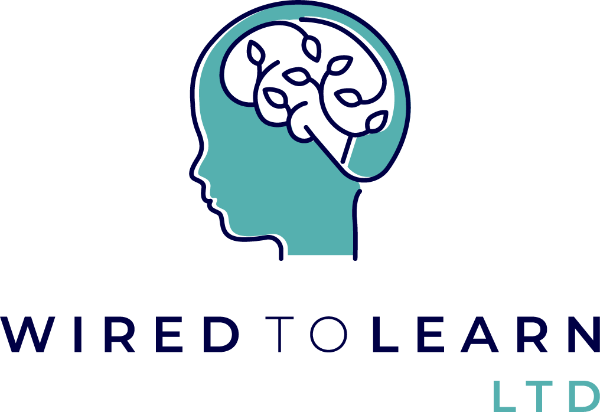TLR: The Tonic Labyrinthine Reflex (TLR)
Let’s look at the Tonic Labyrinthine Reflex (TLR). This fascinating yet often unfamiliar reflex plays a vital role in early development as it is the foundation for head control. Baby needs it to roll, crawl, and later stand and walk. When a baby’s head tilts forward, the entire body tends to flex, and the arms bend at the elbows while the legs straighten. This facilitates the development of head control and prepares the baby for crawling. When the baby’s head tilts backward, the body tends to straighten out, with the arms extending and the legs flexing. This contributes to the development of postural extensor muscles and prepares the infant for standing and walking. As the baby matures, starts to walk and gains control over their muscles the TLR will integrate and disappear.
If retained, the persistent influence of the reflex on the body in response to head movements can cause significant challenges with balance and coordination. It can affect posture and alignment leading to difficulties with various motor skills including sitting, standing and walking. In turn, these can impact on a child’s ability to sit still and concentrate and therefore on their ability to learn and retain information.
Children with a retained TLR are often toe walkers and either have poor muscle tone or very tense muscles. They can be clumsy and are often diagnosed with DCD (formerly known as dyspraxia). They frequently suffer with motion sickness. A retained TLR is often linked with speech and language difficulties and auditory processing disorder.
If you suspect that your child has a retained TLR then take action and get in touch. We can offer a free consultation and then advice, support and therapeutic exercises to integrate the reflex and alleviate some of the challenges your child may be facing.
